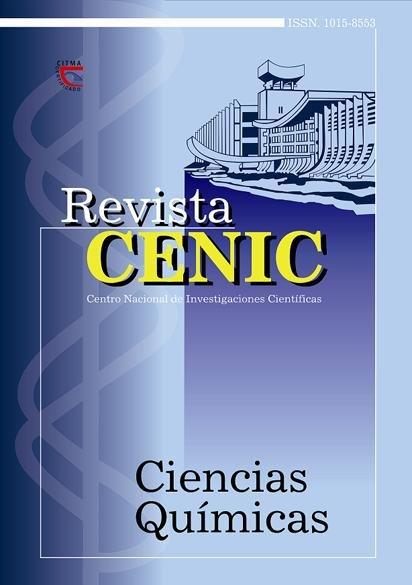Validation of a method for the determination of 19-norandrosterone in human urine by coupled Gas Chromatography a Ion Trap Mass Spectrometry
Abstract
Nandrolone consumption gives in humans three main metabolites,
19-norandrosterone (19-NA), 19-noretiocolanolone (19-NE) and 19-norepiandrosterone.
Recent studies demonstrated the endogenous production of these compounds
in man at concentrations very close to the threshold of the International
Olympic Committee, this means 2 ng/mL for men and 5 ng/mL for women. The
Target metabolite to diagnostic consumption is 19-NA. This paper deals with the
qualitative validation of analytical method for 19-NA determination in human
urine with methyltestosterone as internal standard, using a solid phase extraction
procedure with DetectabuseÔ cartridges, enzymatic hydrolysis with b-glucuronidase
from E. Coli, liquidliquid extraction, derivatization with N-methyl-
N-trimethylsilyltrifluoroacetamide (MSTFA) to obtain the 19-NA trimethylsilyl
derivative (19-NA bis-O-TMS) and analysis by gas chromatography couple with
tandem mass spectrometry (GC-MS-MS), using an ion trap mass spectrometer.
Ultra HP-1 capillary column was used
(20 m x 0.20 mm X 0.11 µm), operated
with temperature programming ranging
from 181 °C (held for 1 min), to
210 °C (10 °C/min), then to 310 (20 °C/
min) held for 2 min . The acquisition
mode was MS/MS with ionization by
electronic impact and helium collision
induced dissociation using as parent
ion for 19-NA bis-O-TMS the ion with
m/z 405, monitoring the daughter ions
m/z 315 and m/z 225, and the parent ion
for the internal standard (methyltestosterone)
was the ion with m/z 446,
monitoring as daughter ion with m/z
356. Detailed results of the method validation
are shown.

Downloads
Published
How to Cite
Issue
Section
License
Copyright (c) 2004 Copyright (c) 2004 Revista CENIC Ciencias Químicas

This work is licensed under a Creative Commons Attribution-NonCommercial-ShareAlike 4.0 International License.
Los autores que publican en esta revista están de acuerdo con los siguientes términos:
Los autores conservan los derechos de autor y garantizan a la revista el derecho de ser la primera publicación del trabajo al igual que licenciado bajo una Creative Commons Atribución-NoComercial-CompartirIgual 4.0 que permite a otros compartir el trabajo con un reconocimiento de la autoría del trabajo y la publicación inicial en esta revista.
Los autores pueden establecer por separado acuerdos adicionales para la distribución no exclusiva de la versión de la obra publicada en la revista (por ejemplo, situarlo en un repositorio institucional o publicarlo en un libro), con un reconocimiento de su publicación inicial en esta revista.
Se permite y se anima a los autores a difundir sus trabajos electrónicamente (por ejemplo, en repositorios institucionales o en su propio sitio web) antes y durante el proceso de envío, ya que puede dar lugar a intercambios productivos, así como a una citación más temprana y mayor de los trabajos publicados (Véase The Effect of Open Access) (en inglés).













